I’m a science journalist covering physical science and math in central Europe and beyond.
I write about science for magazines like Quanta, Scientific American, National Geographic, Science News, New Scientist, Science, Discover, Eos, and more. My interdisciplinary beat spans the physical sciences, math, and fundamental biology. Since I live in Graz and speak English and German, I focus on Austria and its geographic neighborhood in central Europe.
Emergence
I’m fascinated by how complex things emerge and evolve in nature — how simple parts grow into dazzling wholes. Emergence often overlaps with form and scale, as many patterns and structures only manifest as systems grow larger. Some of my favorite stories in emergence are about the origins of life, biological evolution, self-assembling materials, and patterns and information in music and language.
Form
Shape says a lot. By studying the form of a natural object, it’s often possible to learn about how it grew. I love telling stories about scientists and mathematicians who study shapes both imaginary and natural, in disciplines diverse as biophysics, materials science, geomorphology, geometry, and applied math.
Scale
More is different. An object or phenomena’s dimensions in space and time have enormous consequences for how the laws of nature operate on and within it. I love telling stories about things at extreme, inhuman scales, form the very largest and oldest things in the universe to the tiniest and quickest. My reporting on scale often touches on the large scales of planetary science and cosmology, but also on the tiny worlds of nanotech, microboiology, molecular biology, and theoretical physics.
My favorite topic of all brings together all three themes:
Planets
Doubts grow about biosignature approach to alien hunting. Quanta
Clara Sousa-Silva seeks molecular signatures of life in alien atmospheres. Science News
Earth is a geological oddball in our Solar System. Here’s why. National Geographic
Doubts grow about biosignature approach to alien hunting. Quanta
These four exoplanets have wild, rocky weather. Eos
What would signal life on another planet? Knowable
Do diamonds rain on the ice giants? Sky and Telescope
Earth’s future supercontinent may be too hot for most mammals. Science
In a first, astronomers spot the afterglow of an exoplanet collision. Science News
Hubble, Webb data hint at ocean worlds. Sky and Telescope
How a humble meteorite redefined the future of astrobiology. Discover

My journalism beat is the physical sciences, fundamental biology, and applied math. But I’m a quick learner. Whether you’re an editor or a press officer for an institution or brand, talk to me about sharing the science, math, or tech that matters to you — whatever it is, I’ll get it. And I’ll make sure your audience gets it, too.



